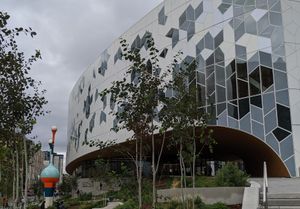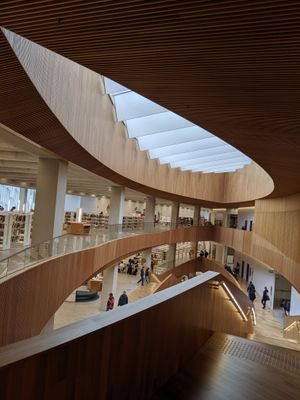I find web-site appearance both more and less important.
Less important because I look at a lot of things through RSS. For some sites, I now do not know what they look like as my only exposure to them is through their RSS feed.
More important because I find that my perception of an organization’s website increasingly plays into my perception of the organization as a whole. For example, I never use AskJeeves because the English valet just looks silly. In fact I see that he is to be phased out – apparently he is a source of ‘user confusion’. Similarly, the Clusty logo puts me off – it seems unfinished.
I was recently looking at the Salesforce.com site, trying to find out a little more about this poster-child for the new on-demand services model. The site is light and pleasing (to me) and is organized so as to bring you to what you are looking for quickly. It gave me confidence in the company. I was recently looking for a credit union in the area. Again, I found that how they presented their services on the web strongly influenced my perception of them. I seem to have turned a corner: the web is so important that how an organization presents itself is an important part of my assessment of it. I am again reminded of Bill Mitchell:
Nor do you have the benefit of familiar architectural cues; the dignified stone facade of the local branch bank, for example, with its comforting intimations of solidity, permancence, and reliability, is replaced by the interface of an online home banking or financial management system. So, as Internet marketeers quickly figured out, trusted brand names and brokers play an increasingly crucial role. For organizations with goods and services to offer, maintaining brand equity on the information superhighway serves essentially the same purpose – in a much larger context – as maintaining conspicuous premises on Main Street. [e-topia: “Urban life, Jim – but not as we know it”. p88]
Increasingly, organizations will spend the care on their network presence as they have hitherto done on their physical presence, and, just as their physical presence may have influenced perception, so will their network presence. And for some uses and users, the network presence will be the only one they experience.



